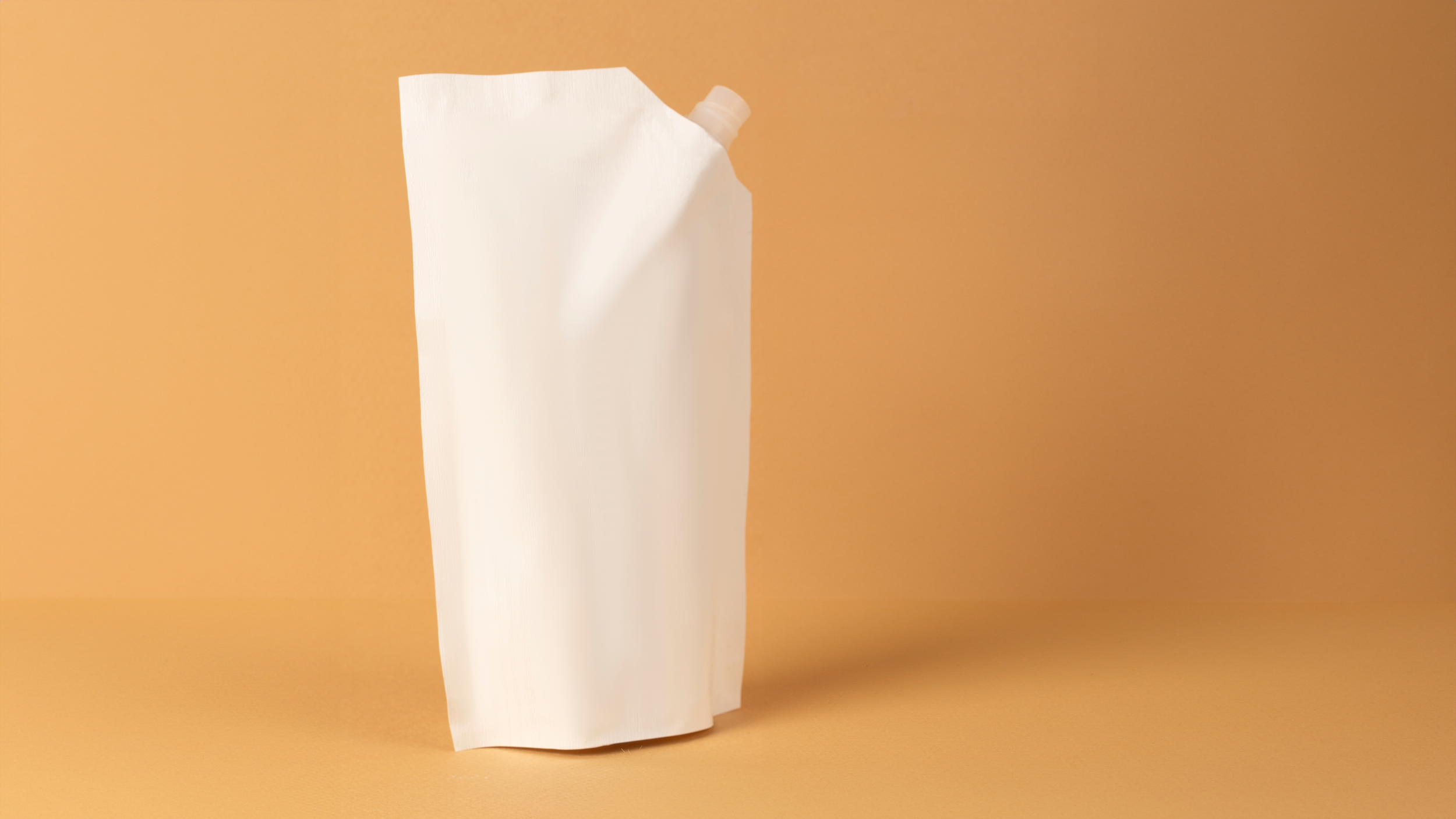Hard plastic packaging to flexible pouches
Image credit: Freepik and edited in Photoshop.
Hard plastic packaging has slowly been replaced with flexible pouches, particularly with grocery products.
For the most part, this change has been in the name of sustainability, but not all pouches are the best solution in that regard. Many of these pouches aren't easy to or possible to recycle due to the combination of using hard plastic spouts with flexible plastics, or because pouches utilize multiple layers of different material in order to preserve food products.
This is a nuanced area because most people don't recycle anyways. Recycling rates are only around 32% according to the EPA. In part, this shift to flexible plastics have been made to create feelings of sustainability with consumers. People feel like they're buying the environmentally responsible product despite throwing away the pouch. Regardless, here are some highlighted pros and cons of using flexible pouch packaging:
Pros
Pouches are lightweight and occupy less space, reducing fuel consumption for transport while increasing the amount of product shipped at once.
Reduced material use lowers plastic waste.
Reduced material use lowers cost of manufacturing which may reflect lower costs to consumers.
Flat, wide pouches can offer larger real estate for printing which improves marketing appeal.
Some customers may find pouches easier to use, say for sour cream, where you don't need to dirty a spoon to scoop out a serving.
Potential to keep products fresher due to less air in the container.
Cons
While pouches may be recyclable, people may not be aware of this, leading to more of these packages ending up in landfills.
Some products may require specific barrier properties from spoiling, leading to layers of nonrecyclable material being implemented.
Pouches may offer less protection from damage, which may lead to transporting more product.
Overall, less plastic material used in packaging is a good thing. However, the ideal goal, of course, is not using plastic in the first place.


